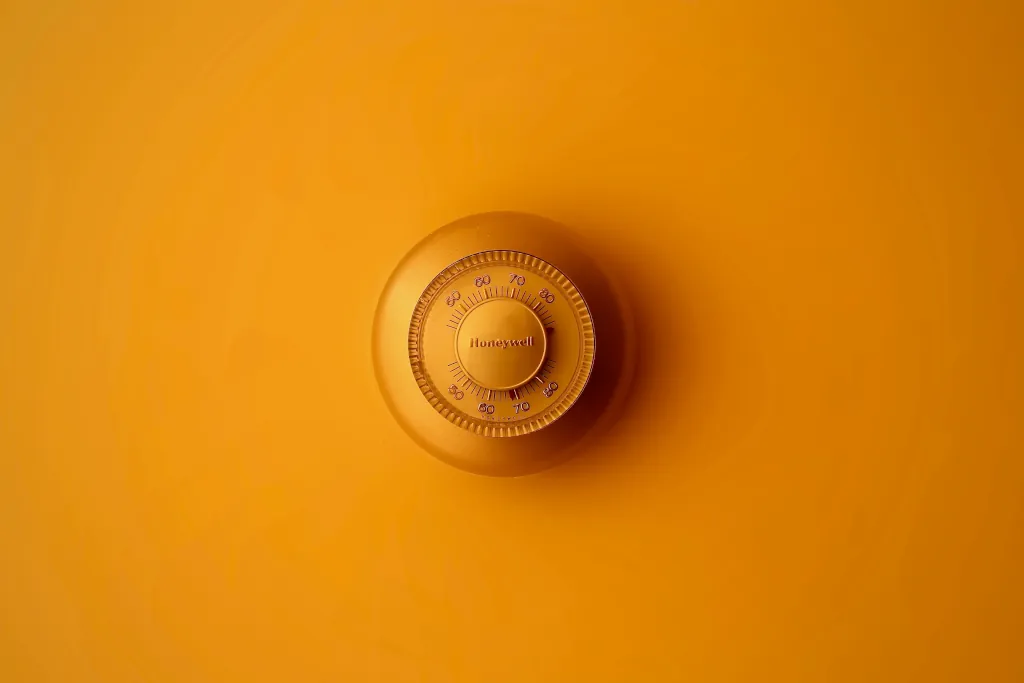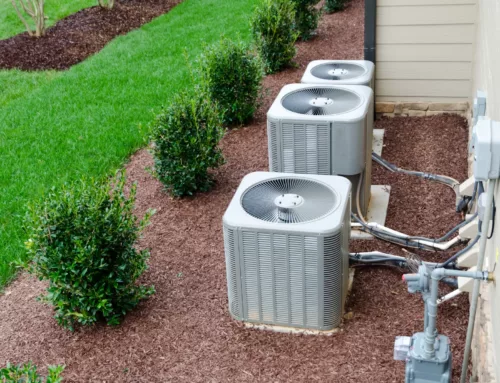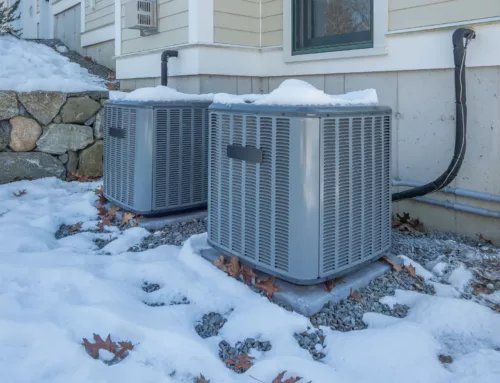The thermostat.
It’s a device that battles have been waged over. It gets turned up by one family member because its too cold in the house. Dad immediately turns it back down because he “is not made of money.” It’s a tale we have heard too often!
Joking aside, a thermostat is a small device with quite a lot of power in your home. It ensures that your HVAC system comes on at a preset temperature, and keeps your house at that temperature.
As with everything, technology has a great influence over what else a thermostat can do for you and what features it can support on your HVAC system. This article aims to clarify some of the capabilities of thermostats on the market and what you should consider before buying your next one.
Types of Thermostats
There are three main types of thermostats available for purchase. Read on for information about each type of thermostat.
Non-Programmable Thermostat
This is the tried and true – it’s also the least expensive and easiest to use. The round Honeywell thermostat, first released in 1953 (pictured below), became a very common device in homes across the United States. It had such an impact on daily life that it has since been introduced into the Smithsonian Institute National Museum of American History.

The well-known, Honeywell Thermostat
Since that time, the non-programmable thermostat has remained strong, although it has had some changes. These days, a non-programmable thermostat will be digital with an LED screen to show you the current temperature of your home, arrows to control the temperature you want to set for your home’s temperature, basic controls for the fan, and a switch to turn the system on, off, and set heating or cooling.
You can’t go wrong with the tried and true, but keep in mind you have to do everything manually. That can grow tiresome – particularly in an area of the United States like southeastern Pennsylvania where it can be 70° one day and snowing hard two days later.
Advantages
Inexpensive
Easy to Use
No Maintenance
Disadvantages
Manual Control for All Actions
Least Energy Efficient
Lack of Advanced HVAC Support
Programmable Thermostats
A programmable thermostat offers the ability to “program” the temperature of your house for various cases. Many homes with programmable thermostats use the programmable settings to change the temperature of the thermostat at a certain time in the evening to prepare the home for better sleep. (Typically cooler settings are good for sleeping. In the winter, this can also save energy costs.)
Not having to remember to change the thermostat manually can give you peace of mind that you are being more energy efficient with your home’s temperature without giving it a second thought.
Advantages
Improved Energy Efficiency
Time-Based Control
Disadvantages
More Expensive
More Complicated
Smart Thermostats
Smart thermostats gained a high amount of awareness with the introduction of the Nest Thermostat. While smart thermostats existed prior to this, the combination of aesthetics, ease-of-use, and a beautiful app, got consumers looking more closely at smart thermostats.

The Nest Smart Thermostat
Smart thermostats have the highest up-front cost – by quite a bit. While you gain a lot of control from them, the initial investment can be considerable.
With that said, once your smart thermostat is installed, you will have fine-grained control of your entire HVAC system. Smart thermostats can be controlled at the device, but most have additional capabilities through their corresponding app. Through the app, these advanced thermostats allow you to setup multiple schedules, have fine grained control of your thermostat based on the outside weather (thanks to the internet connection that these thermostats have), and even recognize whether you are home or not to switch your home to a more energy-efficient profile. Additionally, you can manage your home’s energy remotely and monitor your system’s usage and health. This level of control creates the highest level of energy efficiency for your HVAC system which can result in long-term cost savings.
You will have to decide if the up-front cost and additional complication is worth the advantages.
Advantages
Extreme Amounts of Control
Controlled Remotely
High Energy Efficiency
Disadvantages
Most Expensive
Most Complicated
May Not Support Older HVAC
Conclusion
Each of the three main types of thermostats offer distinct advantages and disadvantages for managing your home’s HVAC system. You will have to weigh the pros and cons of each to determine what works best for you. If you have any questions, Reliance is available to help you with your heating and air conditioning needs.
Contact Reliance today for all your heating and air conditioning needs!
Financing available, contact us for more details.







